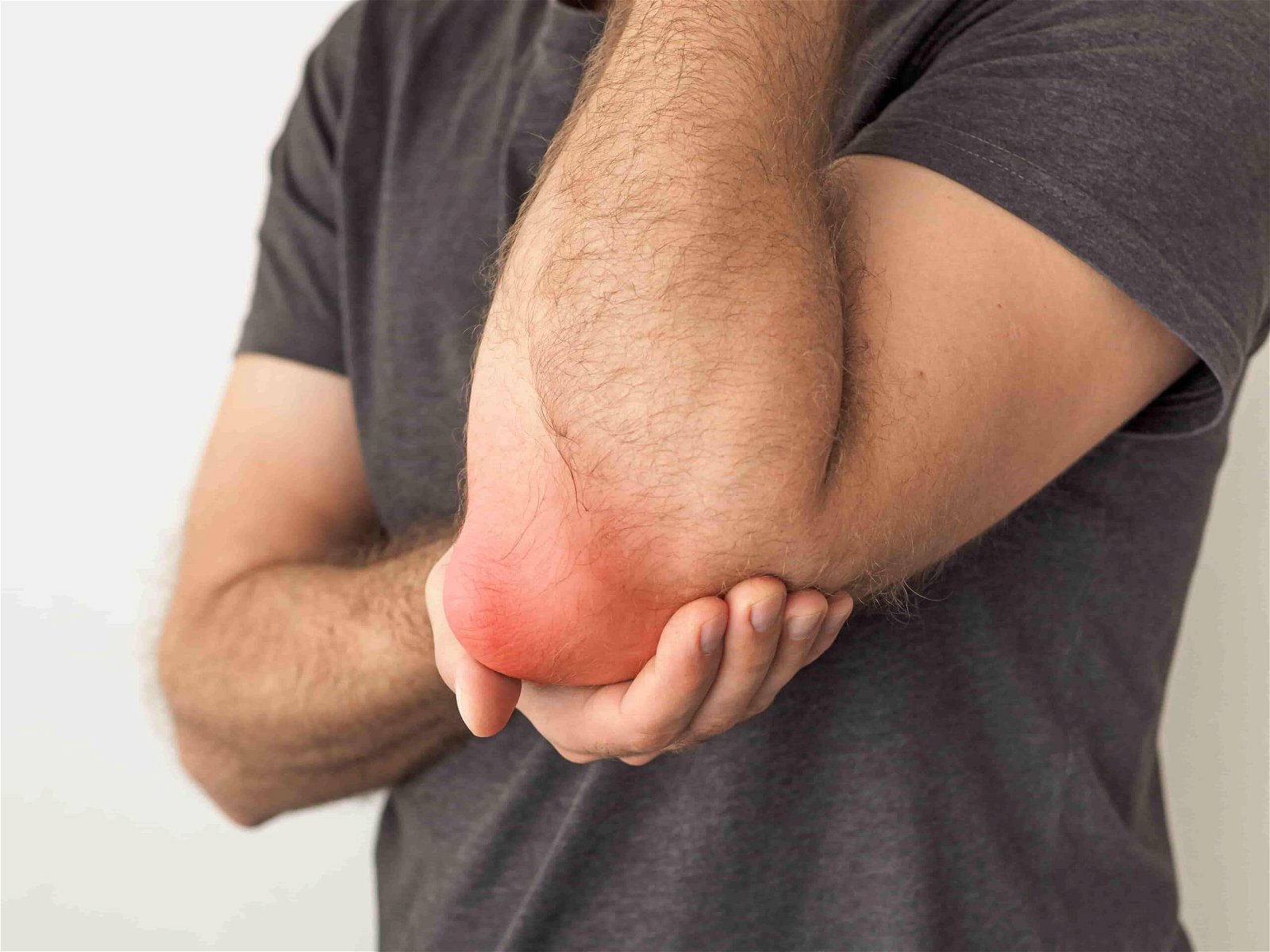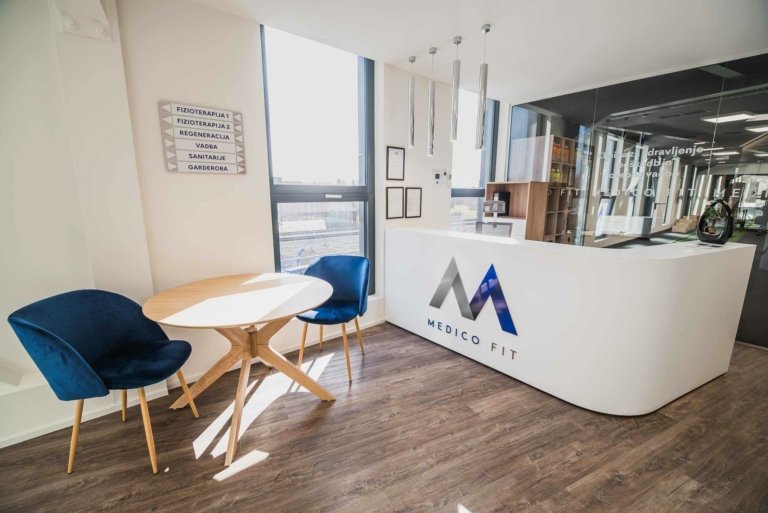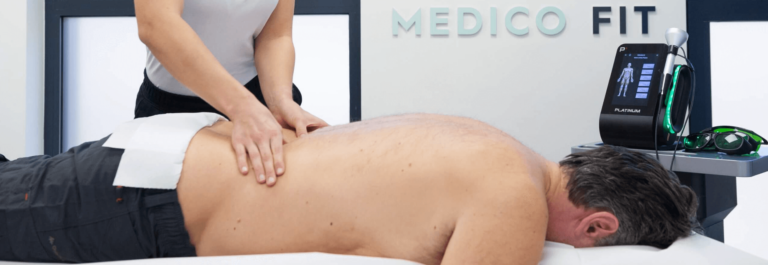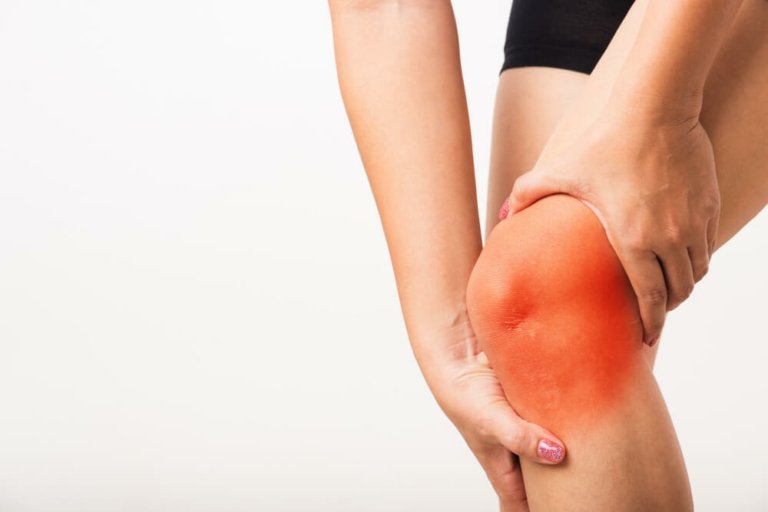Climber’s elbow denotes the pains that appear on the inner side of the elbow. The climber’s elbow is a chronic inflammation of the attachment points of elbow flexors, most often that is the muscle group brachialis that is attached to forearm tuberosity and less often the muscle group biceps that is attached to the radial tuberosity. In both cases, we can sense significant pain on the front or inner side of the elbow.
Climber’s elbow is an overuse type of injury of the upper arm muscle tendons. Golfer’s elbow and climber’s elbow are not the same pathological conditions, even though both are a case of tendinopathy. The golfer’s elbow is an inflammation of the muscle tendons that flex the wrist, whereas the climber’s elbow is an inflammation of the muscle tendons that flex the elbow. In both cases, the pains appear on the inner or front side of the forearm, except that with the golfer’s elbow, they are located a bit higher, and the pain is more superficial, whereas with the climber’s elbow they are located a few centimetres lower and deeper. The overuse causes degenerative changes in the tendon that stimulate the pain receptors; the tendons are oftentimes also in the state of inflammation.
Climber’s elbow is oftentimes a chronic condition of climbers; however, it is not exclusively related to climbing and sportspeople. It also occurs with high frequency among those professions and tasks that overexert the arms (painting, using the computer mouse, using the screwdriver, carrying objects, gardening, experiencing vibrations, weightlifting).
Symptoms of the climber’s elbow include burning and sharp pain that appears when clenching fists, lifting burdens, and pulling with the arms; it also limits grip strength. The area on the inner side of the elbow is oftentimes tender to the touch; typically, we can cause unpleasant pain by using stronger palpation or manual pressure. The characteristic of the climber’s elbow is that the pain spreads from the inner side of the elbow down across the inner side of the forearm.
Climber’s elbow is mostly caused by poor biomechanics of upper arm muscles, which means that when performing arm movements, the positions of the wrist and the elbow are incorrect (certain activities overburden the wrong muscle units). A common cause of the climber’s elbow is poor readiness of forearm muscles to perform activities (the right muscles are overburdened but due to poor training, the overburden happens relatively fast; we speak of poor endurance in terms of strength and poor mobility of the joint). A common direct cause of a climber’s elbow is muscle imbalance, which means that muscles on one side of the forearm are incomparably stronger or weaker in comparison to the other side of the forearm (the muscles on the front side of the forearm are usually stronger and shorter whereas the muscles in the back tend to be relatively weak).
The symptoms of the climber’s elbow usually last from 6 to 16 weeks. If we do not perform conservative treatment, the issues may last continuously for several years or in the shape of occasional outbursts of pain and significantly limit your functionality. We often treat cases where the elbow issues have lasted for several years because the condition was not treated with training, but the main point of focus was pain relief.
Climber’s elbow is treated systematically. First, we carry out appropriate diagnostics by measuring muscle characteristics and searching for potential causes of pain in muscle stiffness, muscle imbalance, or poor strength. Once we’ve identified the cause of climber’s elbow, we carry out the appropriate number of therapeutic sessions to lessen the acute pain and prepare the body for the further course of treatment with exercise.
Shock wave therapy carried out by an expert physiotherapist, is highly successful in reducing the pain caused by an injury such as climber’s elbow.
The final, most important and longest stage of treatment of climber’s elbow is individual kinesiotherapy, which improves functional muscle imbalance that was diagnosed at first examination and thereby eliminates primary reasons for the development of climber’s elbow. What is typical of a pathological condition such as the climber’s elbow is that those who do not continue the treatment of causes, that is the phase of muscle strengthening, even after the pain has subsided, develop repetitive elbow issues. The treatment of the injury does not end once the symptoms – the pain – disappear. The damage is repaired once we finally eliminate the cause of injury.



















